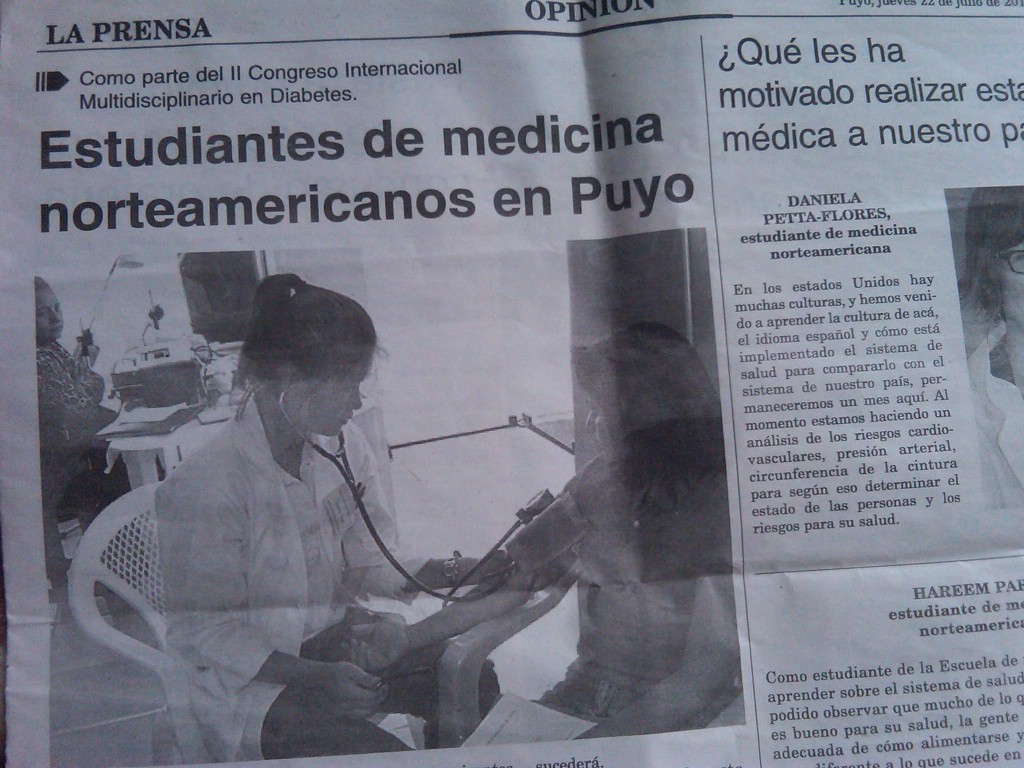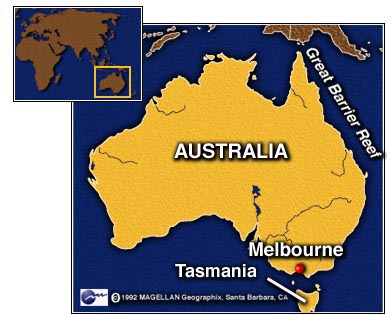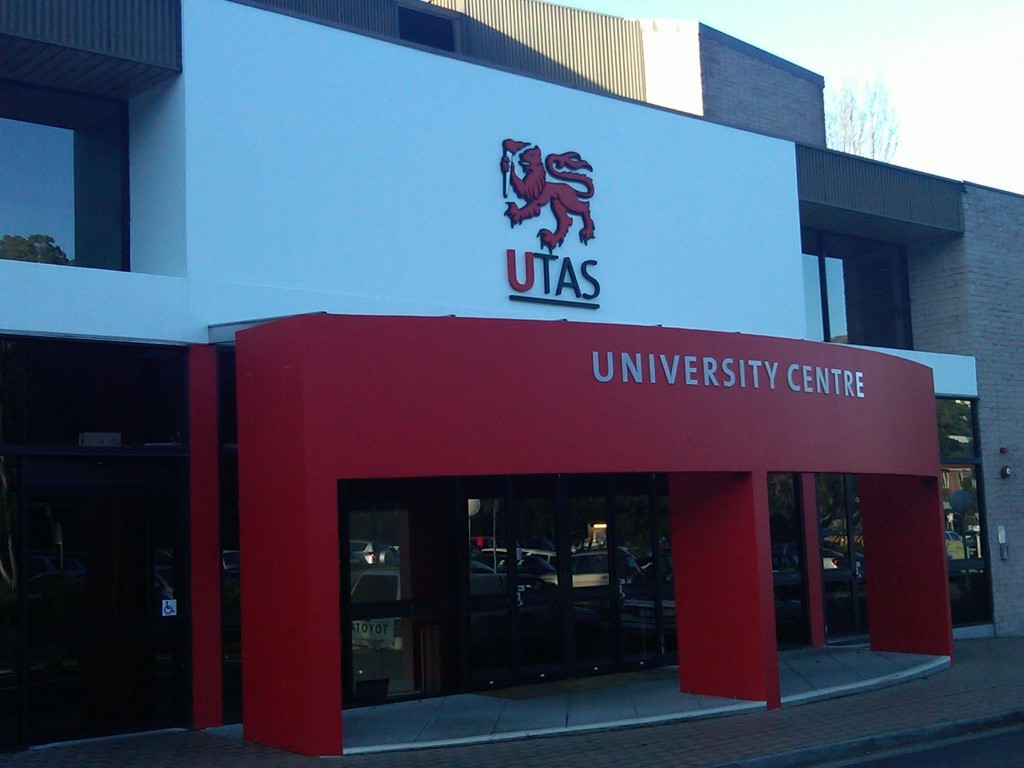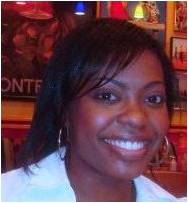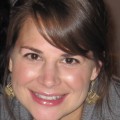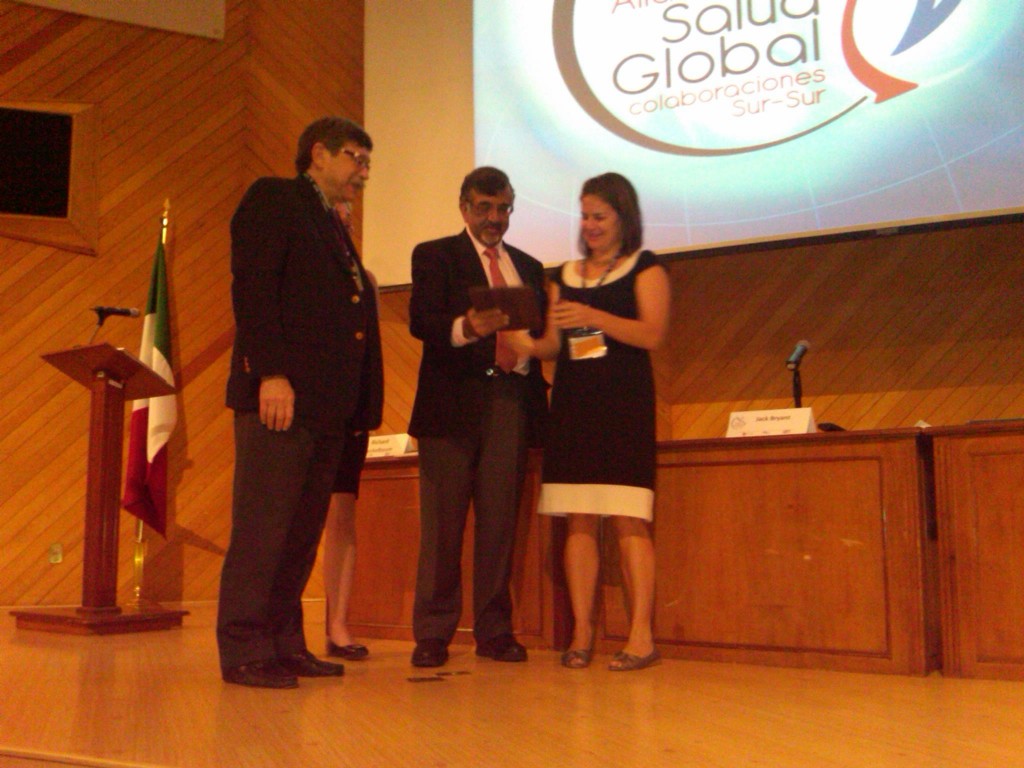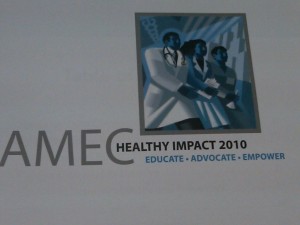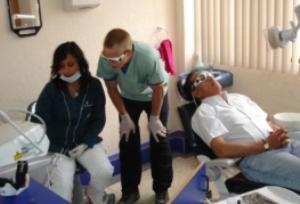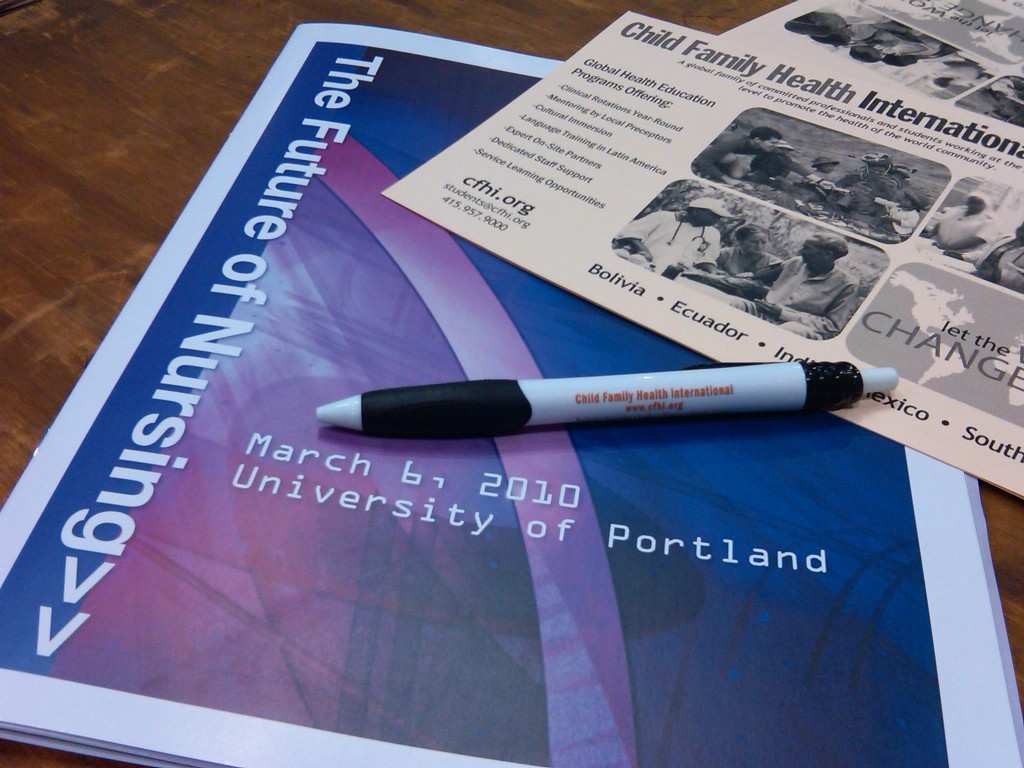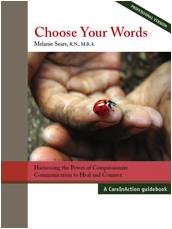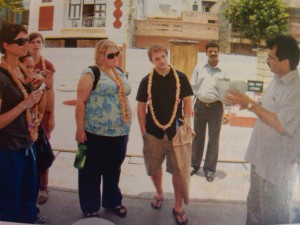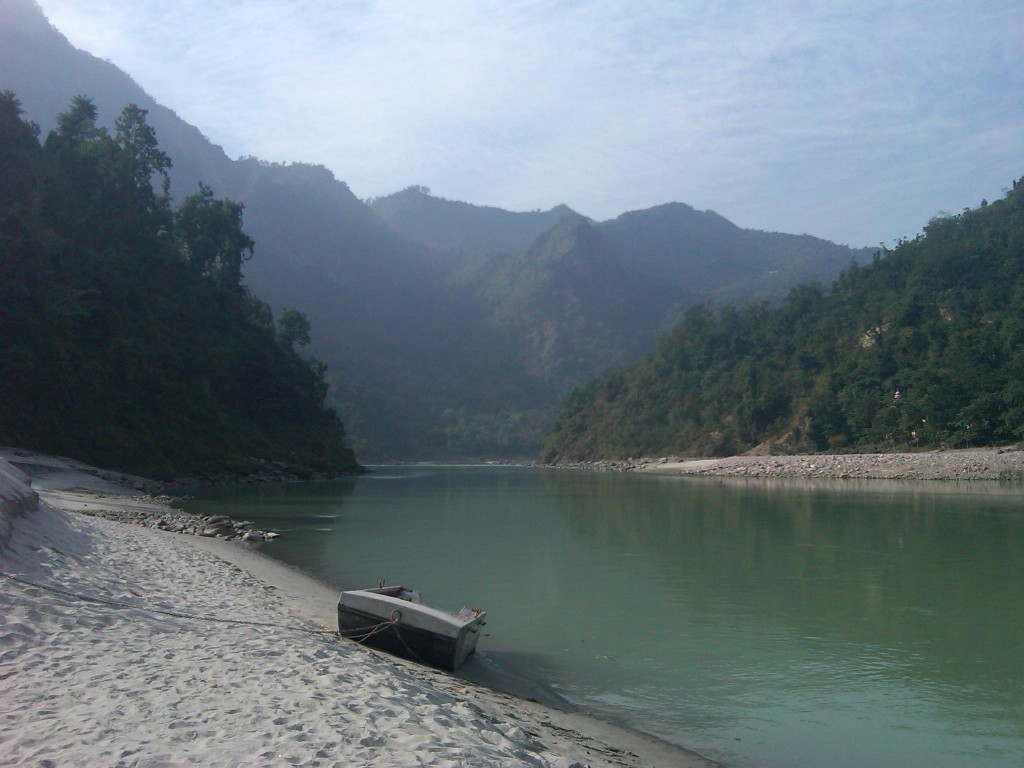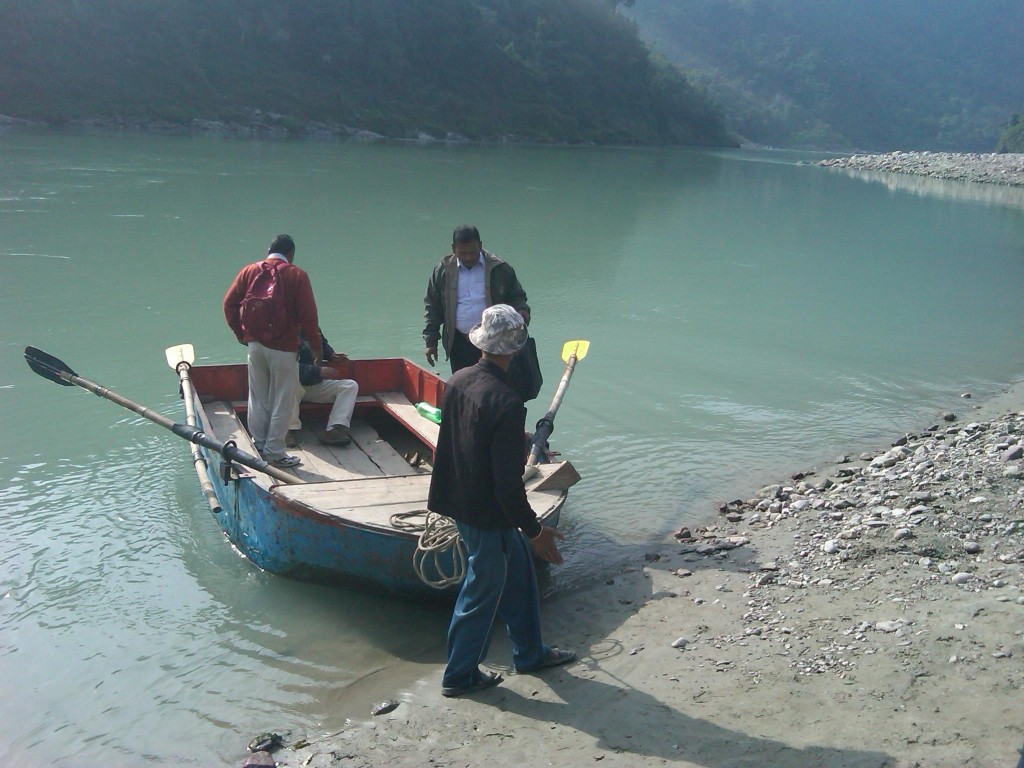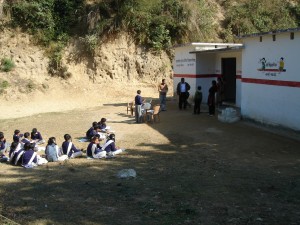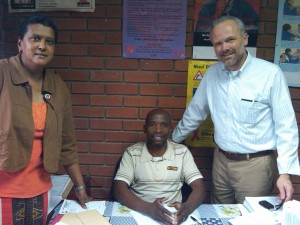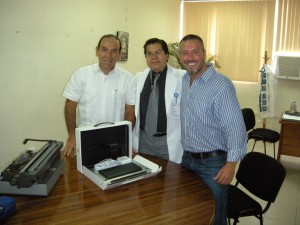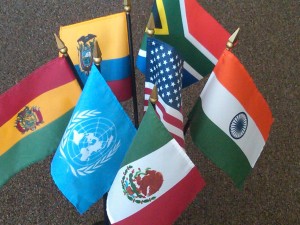“It made me want to be a doctor a lot more, for sure,” she said. “Seeing doctors in action, they were really fantastic role models. It’s hard to get exposure shadowing doctors here (in the Bay Area). I’ve had a few opportunities at Stanford. The more time I got… the more inspired I am to become a doctor.” These are the words of Christina O’Neal, as reported in the Contra Costa Times by Correspondent Doug Mead. Christina, a Stanford University premedical student, spent part of her summer in the Cultural Crossroads in Health Program in 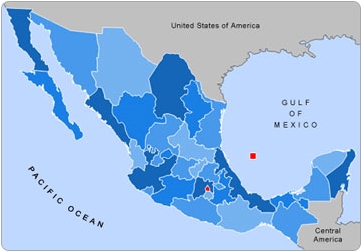 Oaxaca, Mexico.
Oaxaca, Mexico.
Christina told the Contra Costa Times in the article that her month on the CFHI program in Oaxaca, “was pretty life-changing. Everybody gets pretty much free health care there,” she said. “It’s interesting to see how things are run. There’s a lot of poverty, and the government, in terms of health care, has a lot of problems. But the infrastructure was good. I was impressed with how smooth it ran and how dedicated the doctors were. It was an awesome experience.”
The experience really improved Christina’s Spanish and Medical Spanish skills. “I’d say, before I got there, I was conversational (in Spanish),” she said. “Now, I’m borderline fluent. My comprehension, especially, skyrocketed. I’ve always had a pretty standard ability to speak. Now, I understand everything that’s happening. Even though my vocabulary didn’t grow as much, I can express myself better. Once you understand people better, it helps you to speak more correctly. We went over grammar and medical vocabulary every day (in class).”
We are very glad for Christina that her experience was so impactful and we greatly appreciate her kind words about the CFHI program as she ended her interview with the newspaper saying, “Everything was fantastic. It surpassed all my expectations. It was a phenomenal experience.”

